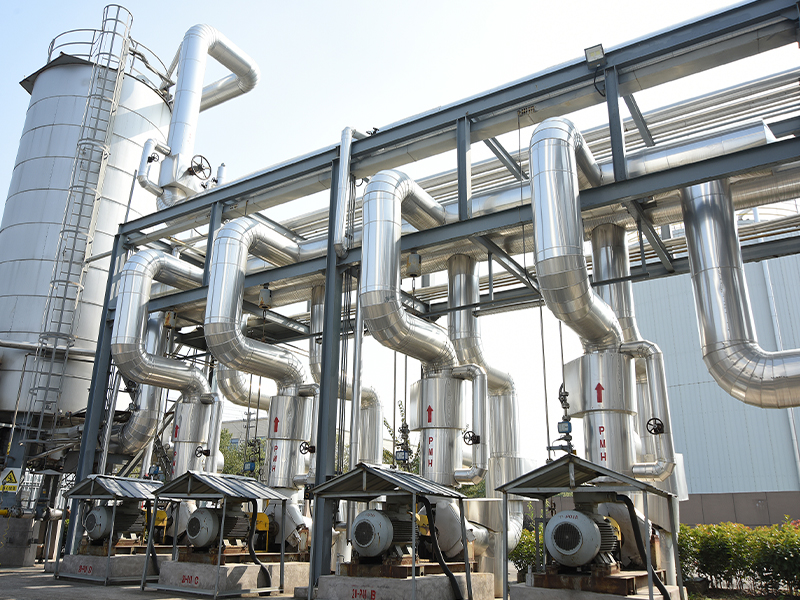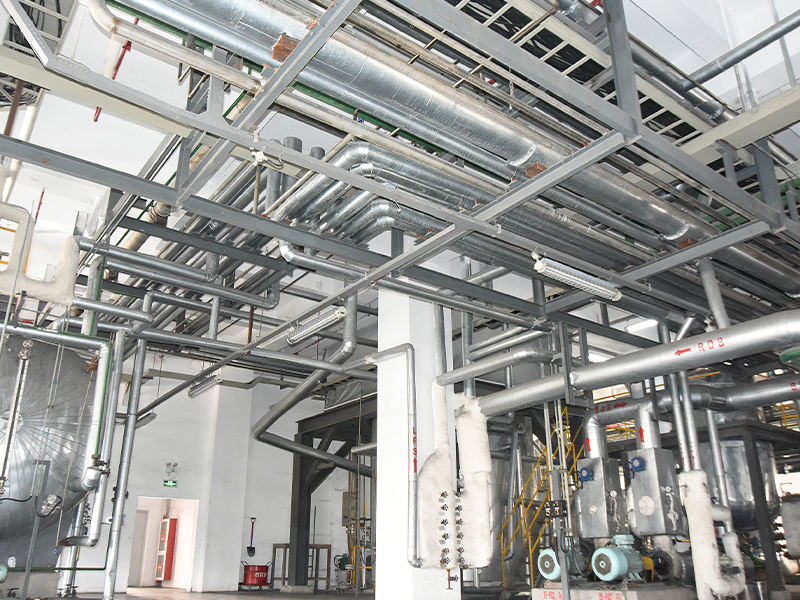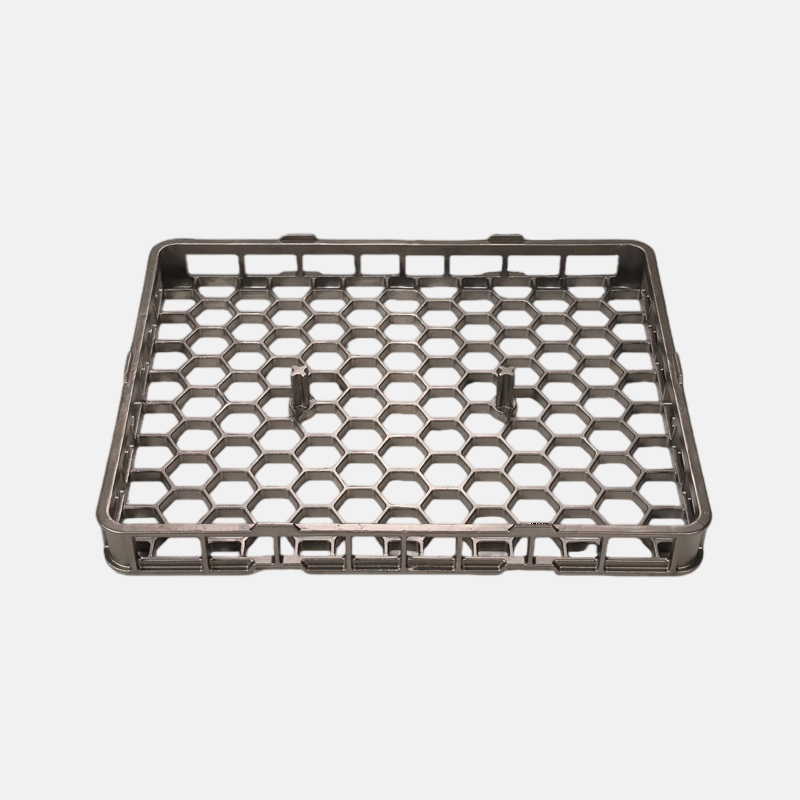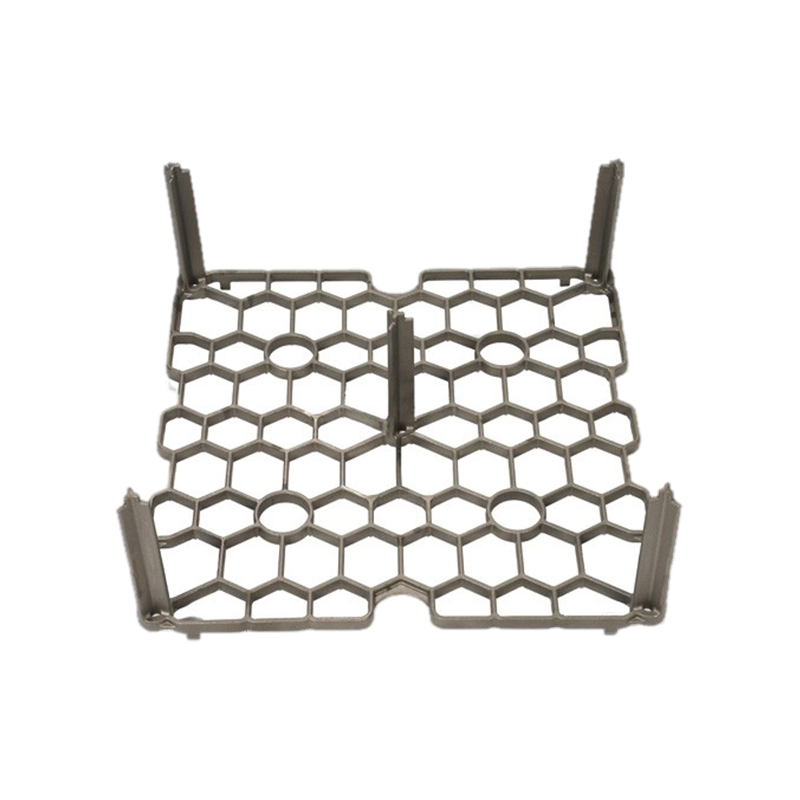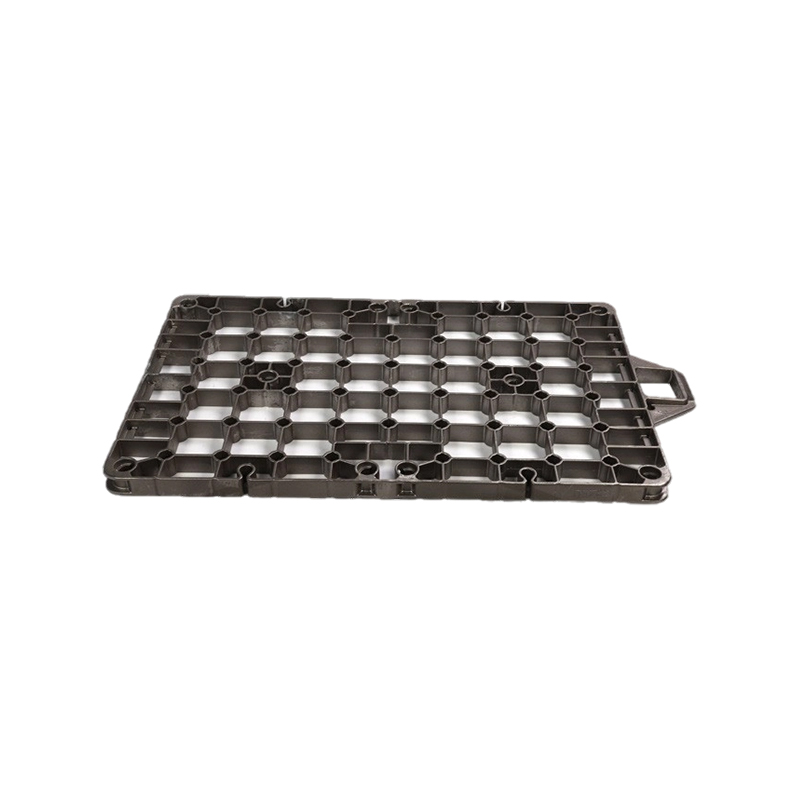Lost wax casting, a revered method for producing intricate metal components, is widely utilized in industries ranging from aerospace to jewelry. However, achieving high precision in the final product hinges not only on meticulous pattern creation and casting but also on a series of critical post-processing steps. These steps refine surface quality, dimensional accuracy, and mechanical properties, transforming a raw casting into a precision-engineered part.
1. Removal of Sprues and Gates
The first post-casting step involves carefully removing sprues, gates, and runners—channels through which molten metal flows into the mold. Improper removal can introduce stress concentrations or micro-cracks. Precision cutting tools (e.g., diamond-coated blades or laser cutting) ensure clean, controlled removal without damaging delicate features. For high-value components, non-contact methods like EDM (Electrical Discharge Machining) may be employed to eliminate mechanical stress.
2. Surface Finishing: Eliminating Imperfections
Even the best castings exhibit surface irregularities such as burrs, oxide layers, or residual investment material. Key surface treatments include:
Abrasive Blasting: Using fine glass beads or alumina particles to remove surface contaminants and smooth rough edges.
Chemical Etching: Selective removal of surface oxides with acid or alkaline solutions, particularly effective for alloys like stainless steel or titanium.
Vibratory Tumbling: Ideal for small components, this process polishes surfaces uniformly using abrasive media in a controlled vibratory environment.
For ultra-smooth finishes, electropolishing or micro-abrasive flow machining can achieve sub-micron surface roughness, critical for biomedical or optical applications.
3. Heat Treatment: Optimizing Mechanical Properties
Many cast alloys require heat treatment to enhance strength, ductility, or corrosion resistance. Common methods include:
Solution Annealing: Homogenizes the alloy’s microstructure by heating to a specific temperature followed by rapid quenching.
Stress Relieving: Reduces internal stresses caused by uneven cooling, preventing warping during subsequent machining.
Precipitation Hardening: Used for alloys like 17-4 PH stainless steel, this process increases hardness through controlled aging.
Precise temperature control and atmosphere (e.g., vacuum or inert gas) are critical to avoid oxidation or decarburization.
4. Dimensional Correction: CNC Machining and Grinding
Despite the accuracy of lost wax casting, some components require tight-tolerance features (e.g., threaded holes or sealing surfaces). CNC machining ensures critical dimensions meet specifications, while jig grinding achieves micron-level accuracy for geometries like turbine blades or fuel injectors. Coordinate Measuring Machines (CMMs) or laser scanners verify conformity to CAD models.
5. Non-Destructive Testing (NDT)
To guarantee integrity without damaging the part, NDT methods are indispensable:
X-ray Inspection: Detects internal voids, inclusions, or porosity.
Dye Penetrant Testing: Identifies surface cracks invisible to the naked eye.
Ultrasonic Testing: Measures wall thickness and detects subsurface flaws.
For mission-critical components (e.g., aerospace turbine blades), CT scanning provides 3D defect mapping with sub-10μm resolution.
6. Protective Coatings and Plating
Final surface enhancements improve wear resistance, aesthetics, or functionality:
Electroless Nickel Plating: Offers uniform corrosion protection for complex geometries.
PVD (Physical Vapor Deposition): Deposits thin, hard coatings like titanium nitride for high-wear applications.
Anodizing: Used for aluminum alloys to enhance oxidation resistance.
Precision in lost wax casting is not merely a result of the casting process itself but a culmination of meticulous post-processing. By integrating advanced cutting, surface finishing, heat treatment, and quality control techniques, manufacturers can achieve components that meet or exceed the stringent demands of modern engineering. As industries push toward miniaturization and higher performance, mastering these post-processing steps will remain pivotal to unlocking the full potential of lost wax casting.
 English
English русский
русский Español
Español عربى
عربى
